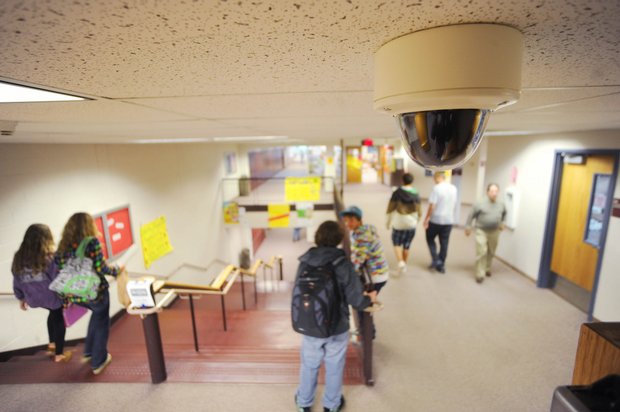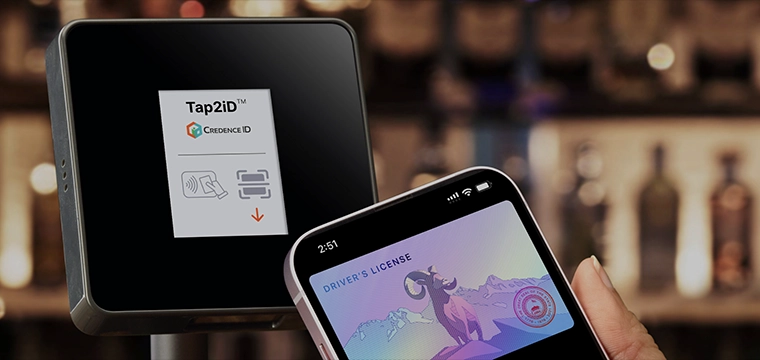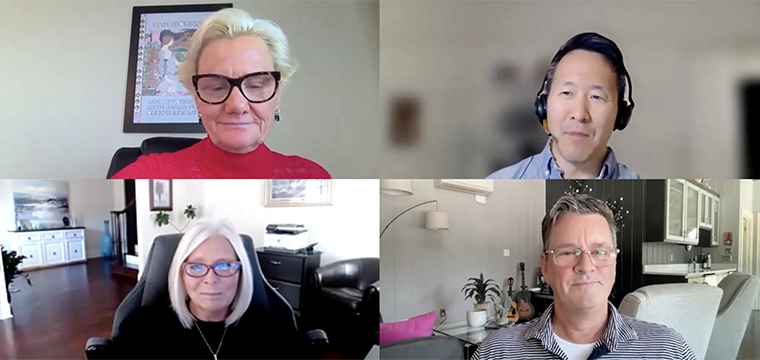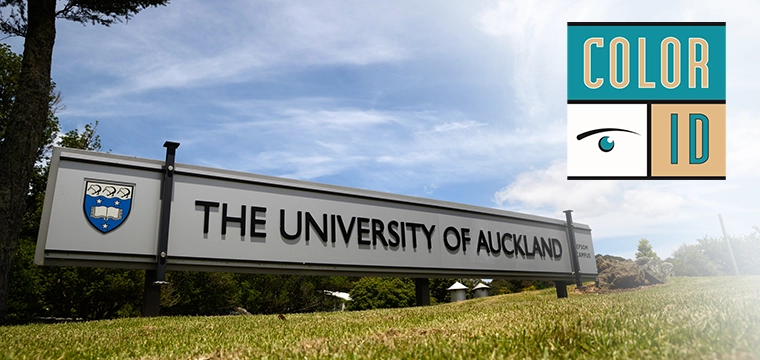
Serious incidents in Nigeria, China, and most recently Pakistan, have left painful reminders of the threats facing the school environment. If market reports can offer any reprieve, it's that more schools and countries seem to be implementing increasingly robust security measures on campus.
A report from market research firm TechNavio, suggests that such acts of violence are motivating a number of countries to adopt precautionary measures to avoid similar incidents in the future. This need to prevent further violence has also piled pressure onto the education sector as a whole to provide comprehensive safety and security to students and teachers alike. Now, the market for security solutions in the education sector seems set for significant growth over the coming five years.
TechNavio's analysts predict the global school security market to grow at a compound annual growth rate (CAGR) of 14.3% between now and 2018. The report analyzes the present state of security and the growth prospects of the global security market in schools during this period.
TechNavio's report, entitled "Global Security Market in Schools 2014-2018," has been compiled using in-depth market analysis with input from industry experts. The report covers the Americas, APAC and EMEA regions. The report also includes a discussion of the key vendors operating in this market.
The report cites specific instances in Nigeria and China, which involved schools that were particularly vulnerable to attack. A terrorist attack in Yobe State, Nigeria, in 2013 resulted in several deaths, while recent stabbings in China have killed and seriously injured a number of students and teachers. Violent incidents like those in Nigeria and China, and other terrorist attacks have been a major reason for market growth in school security.
Companies like Cisco, Schneider Electric, Secom and Supercircuits remain some of the major vendors in the school security market. In 2013, the Americas led the market, with the United States acting as the primary contributor. The EMEA region was the second largest contributor, followed by the APAC region.
Other vendors examined in the report include:
Despite the clear need for school security, there remains the challenge of high-cost security solutions. Per the report, the equipment required to deliver increased security comes with a hefty price tag, which can prevent some schools from investing.
The security solutions such as surveillance cameras, alarms, and access control units are highly priced. Further, the investment required in creating advanced-level security solutions such as metal detectors and biometric access control systems is also high. Most school managements do not have high budgets for the installation of security devices on their premises. Further, the cost of maintenance of these systems also requires expertise, which adds a further financial burden for school management.
As a result of increasingly expensive solutions, many schools turn to more cost-effective options -- often at the expense of security. These cheaper alternatives include enforcement of strict dress codes, displaying of ID badges, deploying security guards, and locking gates during school hours. However, such alternatives are only precautionary measures and cannot comprehensively safeguard a campus from violent attacks.




